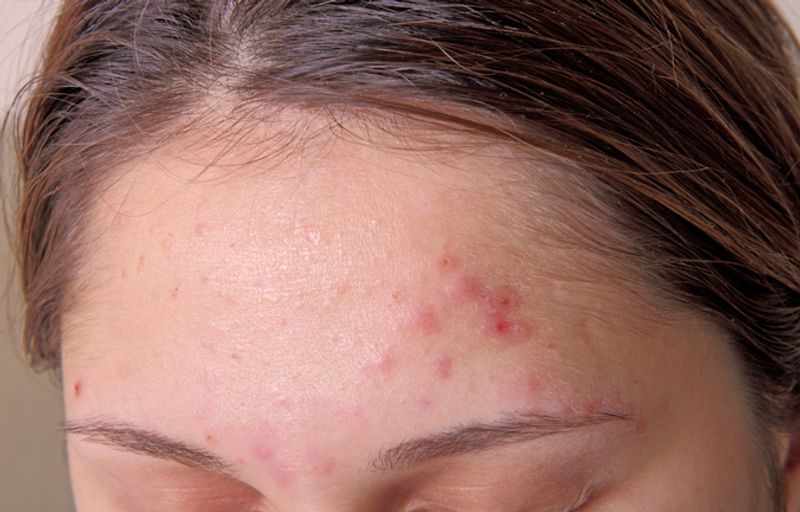Acne incidence associated with age, BMI in children, adolescents
Among children and adolescents with acne, prescription systemic medications were more likely to be used by those with a higher BMI than those with a low or normal BMI, according to a study.
“Little is known about acne incidence in preadolescents and its potential association with BMI,” Katinna E. Rodriguez Baisi, MD, of Ponce Health Sciences University in Ponce, Puerto Rico, and colleagues wrote.

The population-based retrospective cohort study included 643 children and adolescents aged 7 to 12 years who had an initial acne diagnosis between 2010 and 2018.
For each case, the group also selected two age- and sex-matched controls. BMI was recorded for all participants.
In an analysis that adjusted for age and sex, the annual incidence rate of acne was 58 per 10,000 person years.
According to the study, girls were more likely than boys to experience acne (89.2 vs. 28.2 per 10,000 person-years; P < .001).
Acne was also age-dependent. The incidence rate was 4.3 per 10,000 person-years for children aged 7 to 8 years compared with a 24.4 rate per 10,000 person-years for those aged 9 to 10 years and 144.3 per 10,000 person-years for those aged 11 to 12 years (P < .001).
Participants with acne had a median of 75% in BMI percentile, whereas the median BMI percentile among controls was 65% (P < .001). Moreover, 16.7% of participants with acne vs. 12.2% of controls were in the 95th or greater percentile for BMI.
Further results showed that 99% of the acne group began some type of acne therapy, with 75.1% using prescription topical medications, 47.7% using over-the-counter medications and 8.2% using prescription systemic medications.
As BMI increased, so did the likelihood of receiving systemic medication to treat acne (OR = 1.43 per 5 kg/m2 increase in BMI; 95% CI, 1.07-1.92).
Rates of prescription systemic acne medication use were 5.4% among participants with underweight or normal weight, 8.1% among those with overweight and 10.3% among those with obesity.
“Future studies investigating the effect of measures taken to improve BMI status on acne should be considered as appropriate,” the researchers wrote. “Increasing understanding of preadolescent acne epidemiology and risk factors may allow earlier intervention and prevent undesirable sequelae.”
